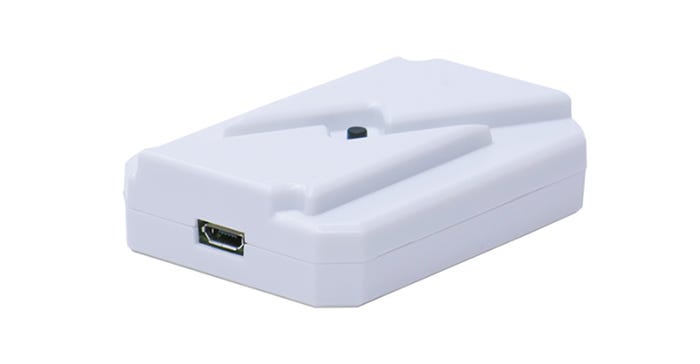Increasing Consumer-Electronics Battery Life: Google's & Lava’s Innovative Approaches
Google’s Pixel Watch 2 and Lava’s Charge-Check exemplify an industry finding new ways to squeeze out greater battery life in consumer devices.
July 26, 2023
In the fast-paced world of consumer electronics, the quest for longer battery life remains a constant challenge. Modern devices are more sophisticated and performant than ever before, and with that increase in performance also comes a significant increase in device power consumption. Unfortunately, whereas device performance is continually growing, battery technology seems to still be lagging behind.
For the consumer, the undesirable side-effect of this trend is that - all else equal - the battery life of their devices is constantly shortening. Because of this, the industry has been scrambling for new ways to lengthen battery lives for consumer devices.
In recent weeks, the industry has seen a number of notable headlines surrounding technology companies and their quest to elongate battery lifetimes in consumer electronics. In this piece, we’ll take a look at two recent pieces of news that highlight this struggle and learn about how the industry is approaching this challenge.
Google's Pixel Watch 2: A Shift for Better Battery Life
The first piece of news to be covered comes from Google, who recently announced plans for a major technological shift to improve battery life in the Pixel Watch 2. Specifically, in an attempt to address the battery life issue in its original Pixel Watch, Google is reportedly planning to switch from Samsung Exynos processors to Qualcomm chips for the Pixel Watch 2.
![]()
According to consumer sentiment, one of the major drawbacks of the original Pixel Watch was its short battery life - a drawback that Google attributes to the power-hungry Exynos processor inside of the product. In place of the Exynos processor, Google is instead looking at using Qualcomm’s Snapdragon W5 Plus Gen 1 which is designed to be a more power-efficient solution.
With less power consumption from the main processor, Google hopes that Pixel Watch 2 can achieve a significantly enhanced battery life. Whereas the original Pixel Watch was rated for a battery life of 24 hours, many are predicting that Pixel Watch 2 may as much as double that lifespan.
Charge-Check: A Tiny Device to Extend Phone Battery Lifespan
In a different attempt to extend battery life in consumer products, Lava’s Charge-Check has recently burst onto the scene.
Priced at $30, Charge-Check is a product that sits between the power adapter and the smartphone while the device is charging. Using Continuously Active Battery Modulation (CABM) tech, Charge-Check monitors the charge of the smartphone and stops the flow of power when the battery is almost fully charged—ensuring that the device never reaches 100% capacity.

The rationale behind this approach is that charging a battery to its maximum capacity can strain and degrade the battery over time. By preventing the battery from reaching 100% capacity, Charge-Check aims to reduce this strain and thereby extend the battery's lifespan.
While both iPhones and Android phones already have battery charging protections in place, Charge-Check is hoping to bring those features to the rest of the smartphone market that doesn’t currently have such a solution available.
Improving Battery Life in Consumer Electronics
As devices become more powerful and feature-rich, maintaining and enhancing battery life is a significant challenge for manufacturers. Google's decision to switch processors for its Pixel Watch 2 and the introduction of Charge-Check both represent two significant efforts in the pursuit of greater battery life.
About the Author(s)
You May Also Like





